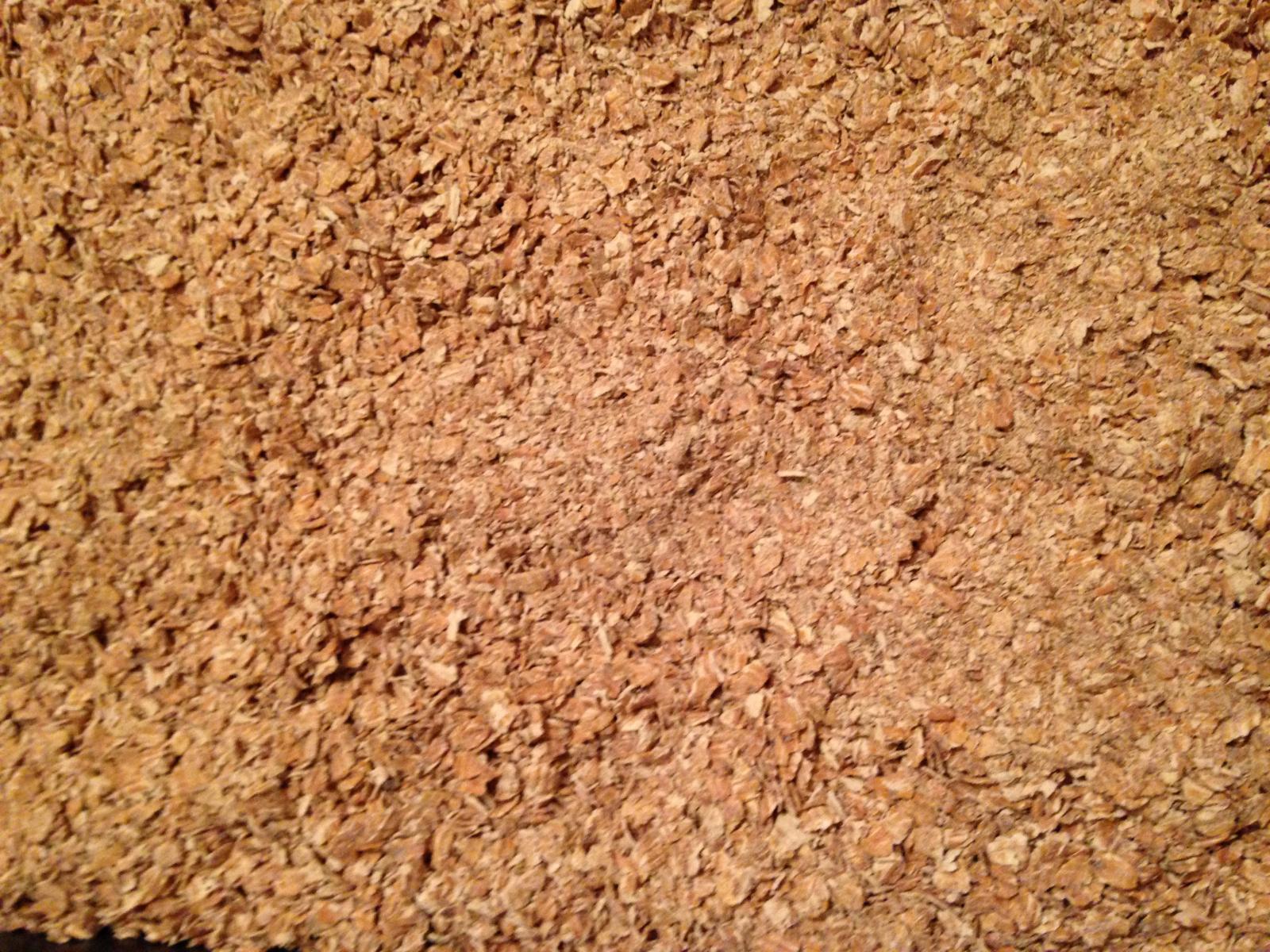Dry yeast is packaged with the nutrients necessary for its reproduction. When you make a starter the yeast use that up and you may end up with no more cells than you would have otherwise and possibly a few less according to at least one of the dry yeast makers.
The towel over the fermenter would have warmed up the beer when it was first fermenting because the yeast give off a bit of heat in the process of making alcohol from the sugar (same as you do when you are active). At this point the yeast have slowed way down and aren't producing the heat that they would have earlier so you might be better to move the beer to a warmer location.
The bubbling is not from the active ferment any more but is CO2 that was dissolved in the beer earlier coming out of suspension. At this point the yeast should not be giving off any CO2. Here's a better explanation on the phases the yeast go through. I find their timeline to be a bit shorter than what I see but the phases are always there for every fermentation.
http://www.brewgeeks.com/the-life-cycle-of-yeast.html[/
Didn't read it all the way through yet but book marked it for later reading but are you saying it won't ferment down anymore? I have an understanding of why not to make a yeast starter for dry now thank you!





